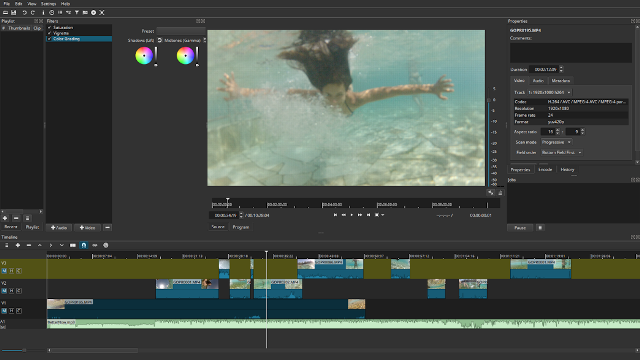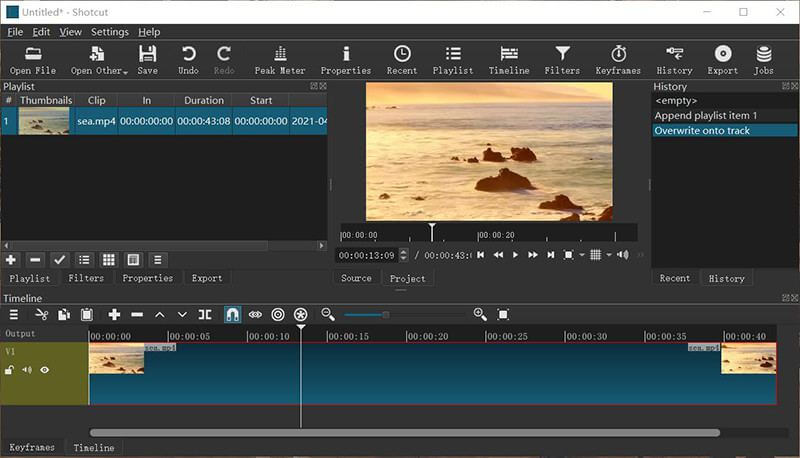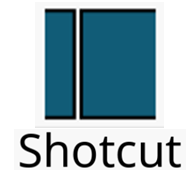


While Linux Mint is known for its Cinnamon desktop, Peppermint uses something that is significantly more lightweight with a default desktop that is based on LXDE. They felt that the concept was a "spicier" version of Mint so the name Peppermint was a natural fit. The developers originally wanted to make use of configuration and utilities sourced from Linux Mint coupled with an environment that was less demanding on resources and more focused on web integration. Peppermint OS ships with mintInstall, Synaptic, and GDebi to facilitate this. Peppermint is an Ubuntu spin and supports whatever is possible in Ubuntu. Like any other Linux distro, one can install packages like LibreOffice, GIMP, VLC, Skype, etc. Support for the Firefox web browser (alongside Chromium and Chrome web browsers) was added to the custom Ice application in the fall of 2015, allowing the creation of SSB's in a Firefox window.ĭespite primarily being a project aimed at marrying the cloud to the desktop, it is nonetheless possible for users to install applications natively from Ubuntu compatible repositories, allowing one to run cloud based applications right alongside desktop software. With Peppermint OS, the open-source Chromium project is used as a way to enable a site-specific browser (SSB) for cloud applications, so instead of opening up a browser and then visiting an application site, there is a dedicated browser window that is integrated into the system for an application. Google's Chromebooks have created a new class of cloud computing device that users are now familiar with.

In place of traditionally native applications for common tasks (word processing, image editing), it ships with the custom Ice application to allow users to create site-specific browsers (SSB's).Ī recent cloud review referred to Peppermint OS as, "Linux's answer to the Google Chromebook." ~ "Peppermint OS 5" on YouTube. What originally made Peppermint unique is its own approach to creating a hybrid desktop that integrates both cloud and local applications. Peppermint OS ships with few native applications and a traditional desktop interface.


 0 kommentar(er)
0 kommentar(er)
